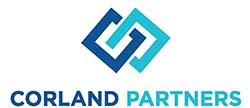ORGANIZATIONAL MODEL
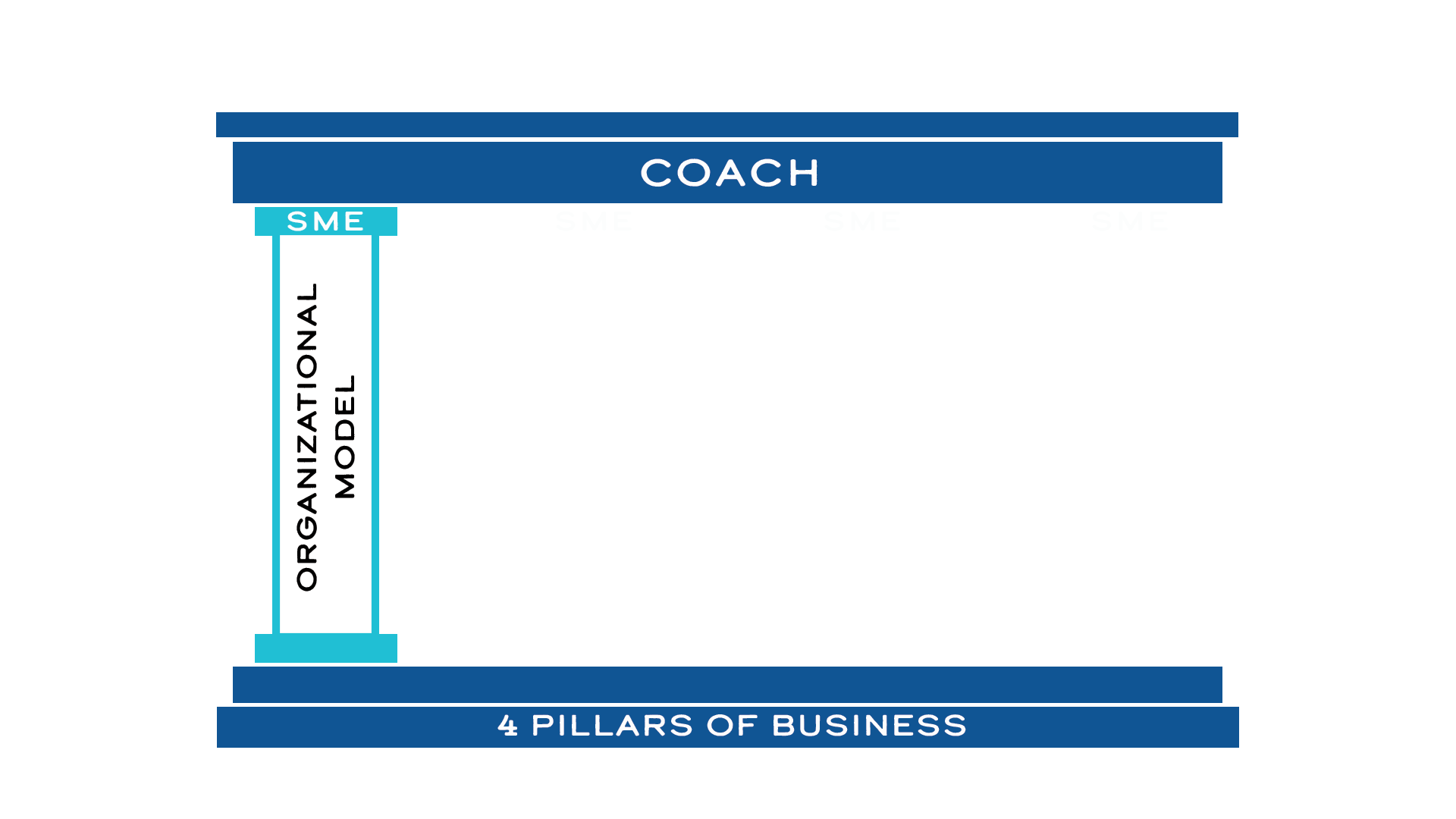
Our Organizational Model is a servant-leadership model of a collaborative organization that operates in a learning environment with connected teams, healthy relationships and healthy individuals.
This pillar represents the heart of your organization, the people. It is also the pillar that drives the culture of the organization. There are 4 core concepts when looking at this model:
- The right people in the right seats
- Cultural alignment of each person to the organization
- The relationship between the individual and others in your organization
- Level of engagement by the individual.
We have all heard “get the right people in the right seats”, but as business leaders it’s easy to miss what that actually means. Everyone knows the mantra, but most don’t know how to make it happen. There is a simple process for making sure you hire the right people for your organization. You can have amazing people in your organization but if you do not have them in the positions that fits with who they are naturally, they will continue to struggle.
Culture is what drives people’s behavior. Having cultural alignment in your company ensures that the behavior of the whole organization is working towards the common goal.
Relationships are key. Individual strengths that cannot be assimilated well into the organization produce little value. Learn how to measure the relationship strength score in your organization.
Organizational team health is determined by measuring the health and strength of the individuals and the relationships between them as a team. The factors that make up the individual score are SME (Subject Matter Expertise), GRIT (the Get it Done Factor) and EH (Emotional Health). When you combine these with the team factors of Empowerment and Friction, you can then determine the overall team health score. Corland Partners has developed a very simple process to measure this.
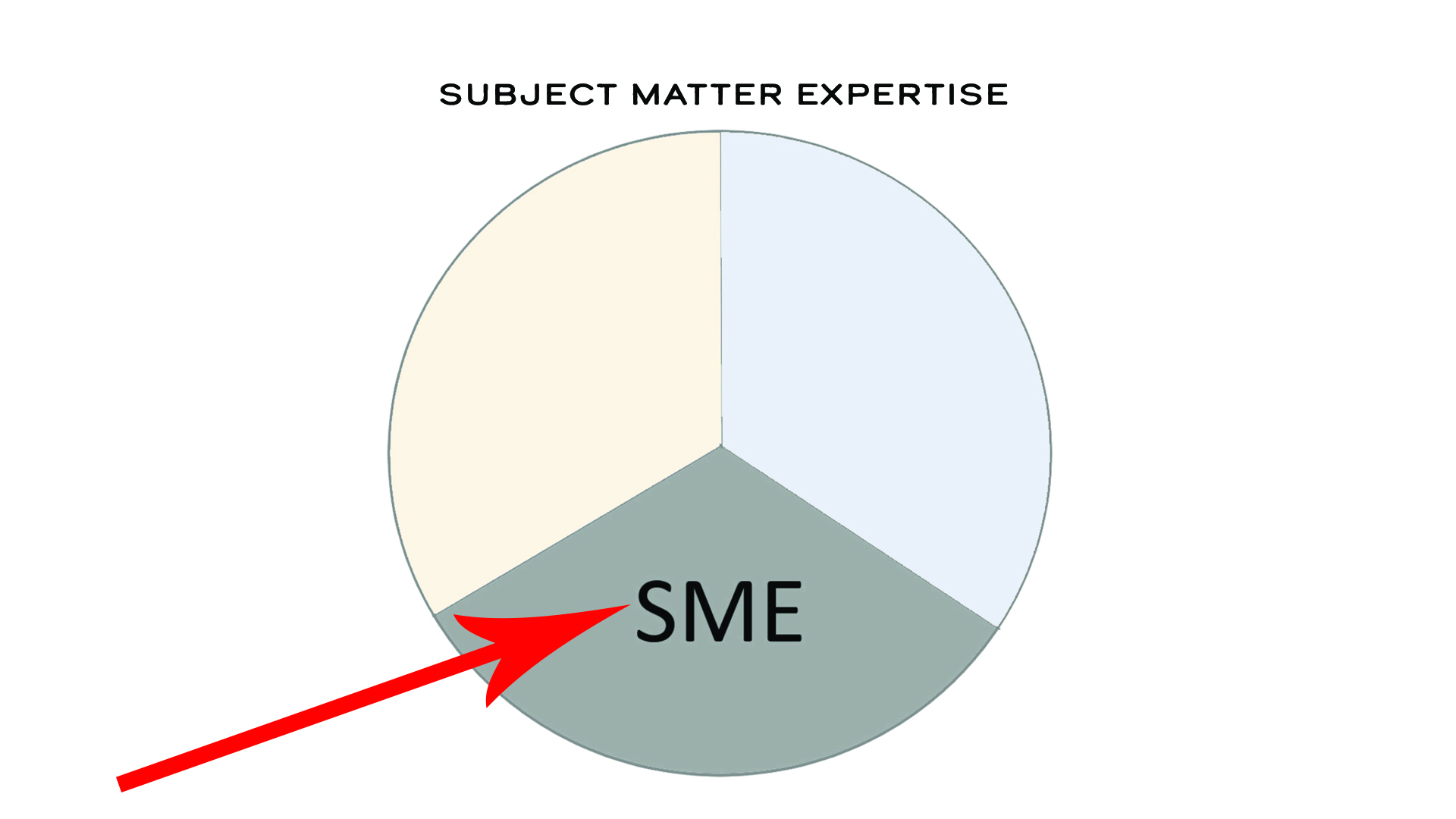
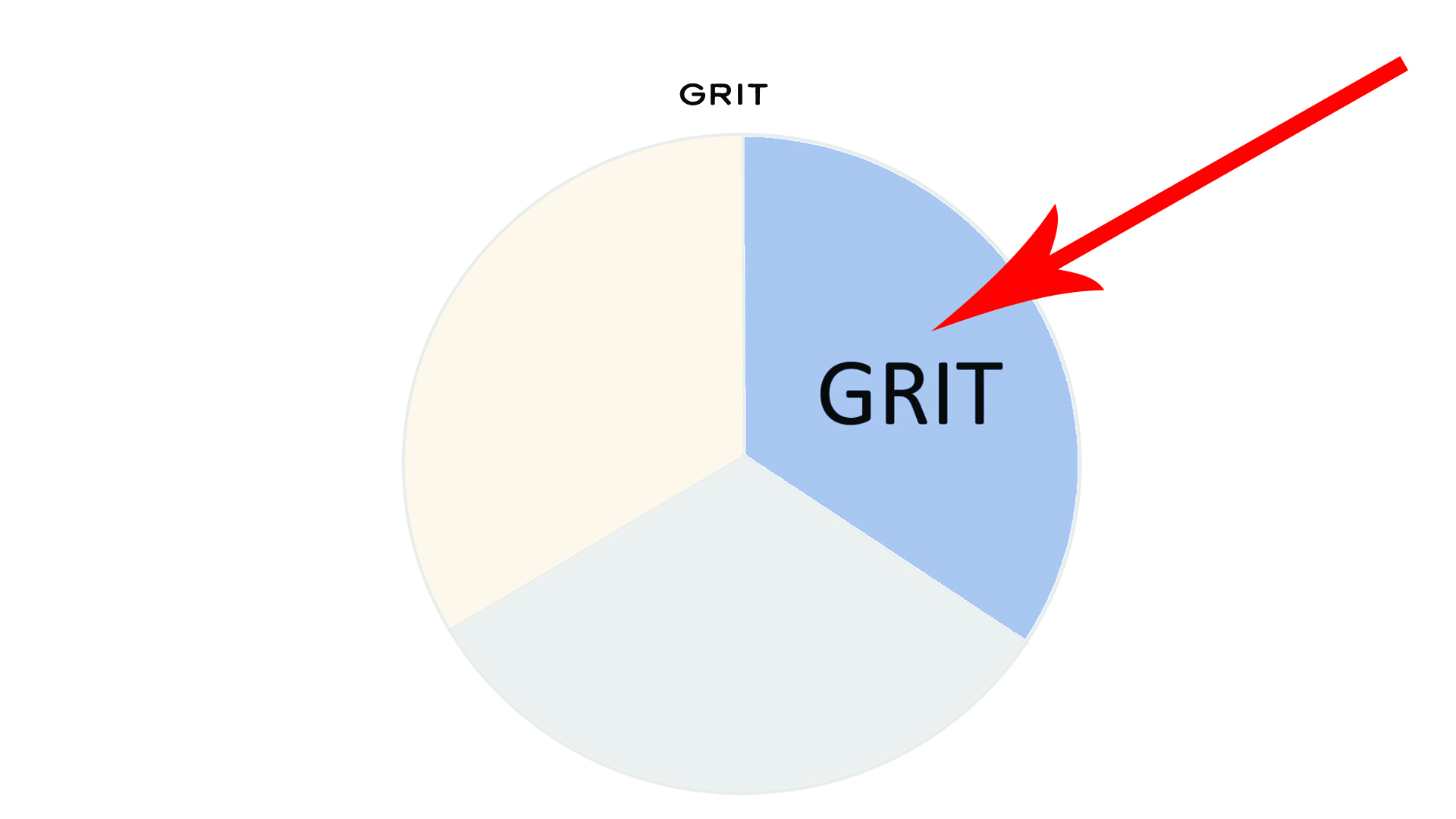
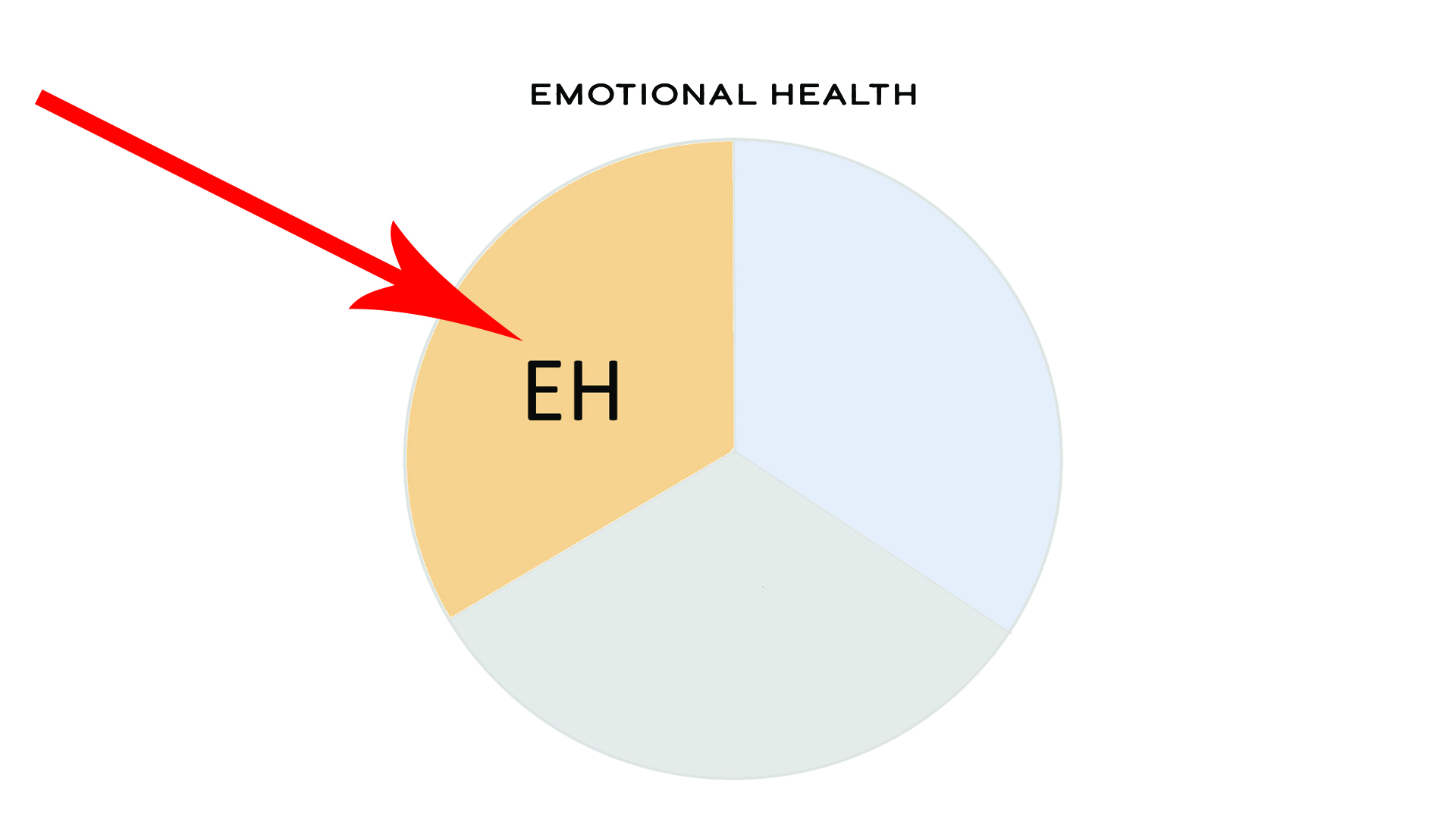
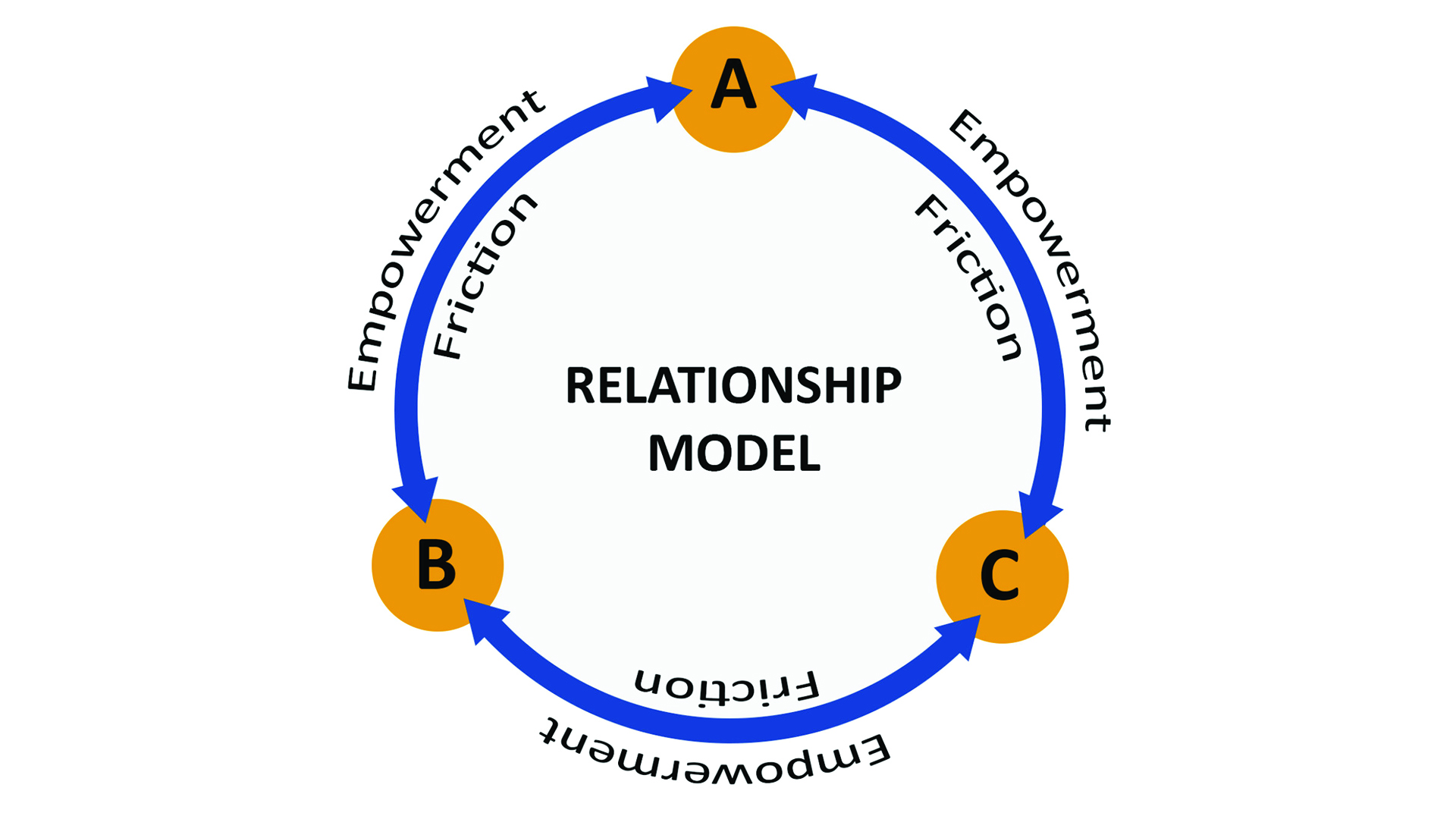
Employment engagement is a core metric that should be measured by every company. Each employee in the company is either engaged, not engaged or actively disengaged.
Engaged employees work with passion and feel a profound connection to their company. They drive innovation and move the organization forward.
Not engaged employees are essentially checked out and sleep walking through their day. They are putting in time, but not energy or passion into their work.
Actively disengaged employees aren’t just unhappy at work they are busy acting out their unhappiness. Every day these workers undermine what their engaged coworkers accomplish.
According to a Gallup poll in 2014, 80% of the workers worldwide and 70% of workers in the U.S. are either not engaged or actively disengaged. If you are one of the 30% of engaged employees you know how frustrating it is when the majority of your coworkers are less committed to their jobs.
In companies with low engagement rates, this frustration often causes high turnover of top talent, since these people quickly realize they are carrying the weight alone.
The costs of low engagement are not limited to turnover recruitment. Gallup found that actively disengaged employees cost the U.S. approximately $500 billion dollars a year. This does not take into account your not-engaged employees.
Here in lies our opportunity. Just taking your organization from the average 30% of actively engaged employees to 70% will put you in the top 1% in your niche industry in profitably, desirable work environment and ability to compete.
